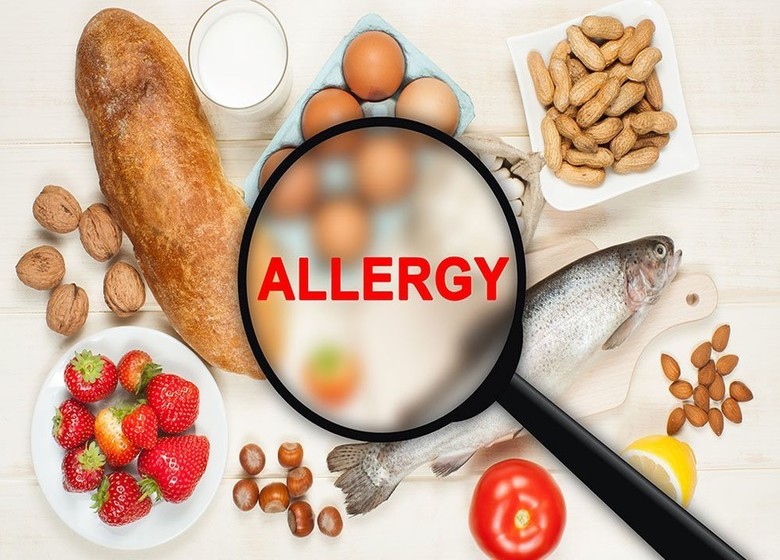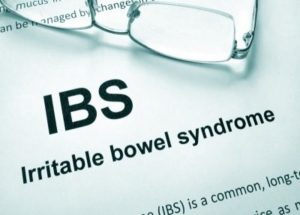In order to recognize immediately the signs and symptoms of common food allergies in children, it is important for parents to be well informed about food allergies. This information is useful to parents, not only to recognize the food that their child may be allergic to but also to obtain prompt medical attention.
What is a Food Allergy?
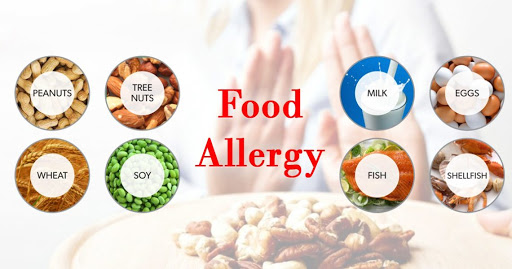
A food allergy is the body’s immune system’s defensive response to certain harmless components in food perceived as a threat. Many substances in foods are mistakenly identified as a threat by the body’s immune system; they are known as allergens. The immune system releases antibodies and certain chemicals, including histamine, to counteract these perceived threats, thus causing an allergic reaction. Food allergy reactions in children are wide and varied, ranging from wheezing, abdominal pain, itching and skin rashes, a runny nose, and can cause swelling or aggravation in different parts of the body.
Causes of Food Allergies in Children
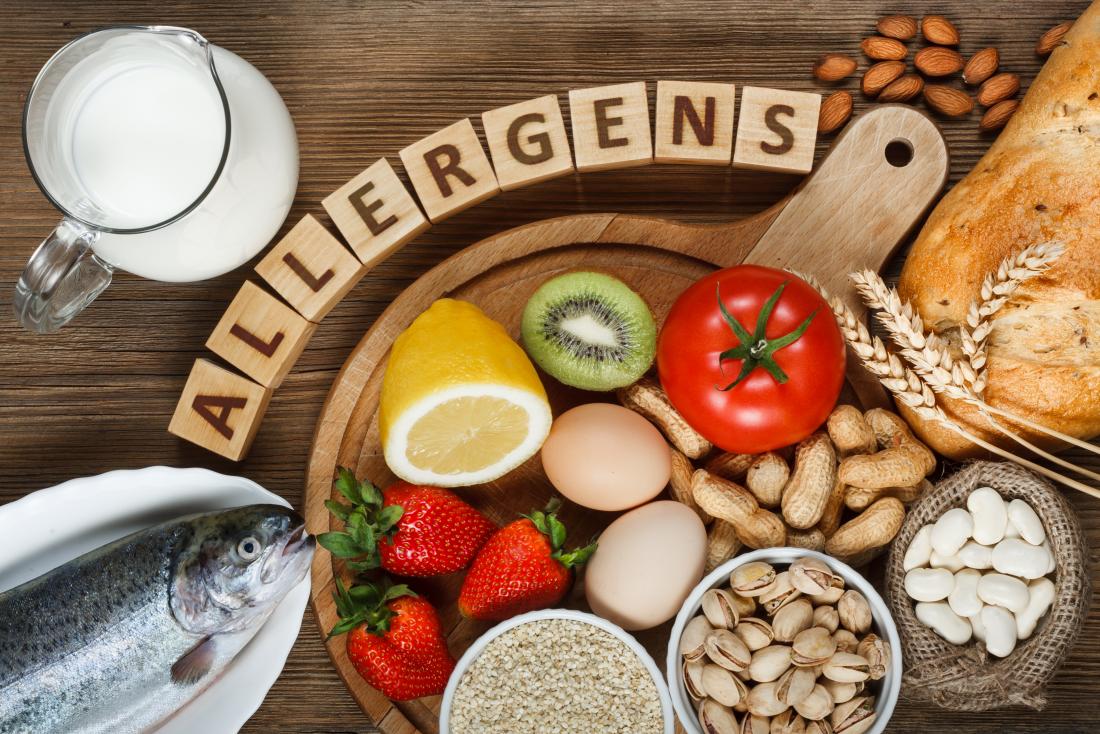
Food allergies are the result of the immune system of the body that defends it against a food substance that was mistakenly perceived as a threat. Children are more likely to experience these allergies than adults. The origins of these allergies are largely unknown. Families should always watch for signs of children suffering from food allergies.
Common Food Allergies in Children
Many products are known to cause allergic reactions in children. These are the following foods:
- Peanuts
- Milk
- Soy
- Wheat
- Egg
- Fish
1. Peanuts

Peanut allergy is particularly dangerous because it is known to cause anaphylaxis. Anaphylaxis is characterized by a very rapid onset, often causing death, of one or more allergic reactions and symptoms. For an allergic reaction, a person who is allergic to peanuts does not have to eat peanuts. Peanut is adequate in the form of dust and only a trace of peanut protein to induce an allergic reaction.
Injecting epinephrine is the easiest way to deal with a peanut allergy. Make sure your child always has a dose of epinephrine. If necessary, a child should be taught to call for medical care. Read carefully the labels on all packaged foods you purchase for your child to see if the ingredients contain peanuts.
2. Milk

Many parents see milk as an essential part of their kids ‘ diet, but milk is also an allergen, and many kids may be allergic to milk. Lactose sensitivity is often confused with milk allergy, but there are two very different conditions. Lactose intolerance is caused by the absence of lactose in a child’s body–the enzyme that helps break down lactose in milk. A milk allergy is when a child has an allergic reaction to milk; there are very different symptoms of both. In most cases, at the age of three, kids outgrow a milk allergy.
Many kids will outgrow an allergy to milk. Like other allergens, milk and dairy products should be avoided. It is possible to treat a severe reaction with an epinephrine injection. There’s no known cure for it. Most chocolates contain milk, and dark chocolates should be substituted if your child has a milk allergy. Vegan food products are free from dairy products, so trying them out would be a good idea. Nonetheless, make sure it also does not contain traces of dairy products.
3. Soy
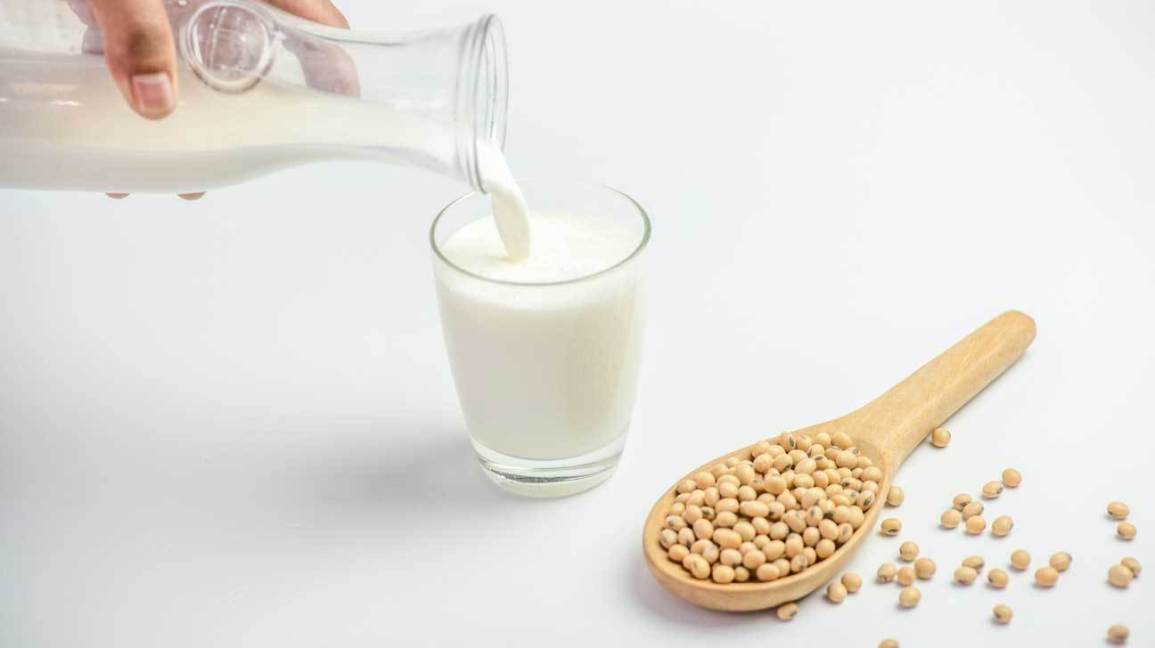
When tofu, soy milk, and soybean intake cause uneasiness, your child may be allergic to soy products. In most cases, by the time they are ten years old, children will outgrow an allergy to soy.
There are no remedies for soy allergy that can be prescribed; an epinephrine shot can alleviate the effects of an allergic reaction. The best way to avoid soy allergy is to avoid any food containing extracts of soybean or soybean. In a number of packaged foods, soy extracts can be included, including baby food, the formula for children, cookies, baked goods, and canned soups. It is recommended that food labels be read carefully and that children inculcate the same practice early on. Soy may also be found in vitamin and mineral supplements; consult a doctor before giving children the same.
4. Wheat

In many food products, wheat is used, including common everyday products such as bread, biscuits and cake, and even cereals. Wheat contains a protein called gluten that some people’s bodies cannot break down efficiently, rendering them allergic to the same thing.
Gluten allergy treatment requires a regulated, wheat-free diet. Antihistamines are effective to stop a reaction and should be kept within reach at all times. Children with an allergy to wheat can learn to use epinephrine (in the event of an anaphylaxis attack) and hold it on their own. Although it’s not easy to get around, there are gluten-free cookies, biscuits, and bread. Children with gluten intolerance should be taught to ask for the food ingredient they receive.
5. Egg

Egg white proteins can cause an allergic reaction. The good news is that it will be outgrown by 70% of children with an egg allergy.
Always ready and prepared to use antihistamines and epinephrine. In case of mild symptoms, antihistamines can provide relief; more severe reactions, though rare, will require epinephrine.
It is important to avoid eggs and food containing eggs. It is important to carefully read the labels of all baked goods such as bread, cakes, and cookies. Some vaccines contain, and should be avoided, egg proteins.
6. Fish

Like the others, fish allergies can lead to rashes, vomiting, headaches, asthma, etc. Kids can sometimes be allergic to only certain fish species.
Also, keep with you always antihistamines and epinephrine while having breathing difficulties. Checking food labels, including for fish oil, are a must, as with everything else.
Tips To Deal With Food Allergies in Children
Keep these things in mind to prevent your child from being exposed to allergies.
- Consider medical screening to check for allergies when in doubt.
- Always take medicines to treat allergies in the case of known allergies.
- Adults in charge should be aware of the allergy of the child while going to parties, going out with friends, and school picnics so that they can take necessary precautions.
- Alternatives to available foods should be chosen, such as gluten-free bread.
- Teach the child to read food packaging labels at all times.
- When children are given something to eat, they should also be encouraged to disclose their allergies without hesitation.
- In the case of an allergic reaction, it is best to ask the doctor about the dos and don’ts.
Food allergies are more common and on the rise; it is also true that for those with food allergies, there are more and more food options available. If your child has allergies to food, those precautions will be enough to avoid any unnecessary medical abnormalities.
Also Read: Foods That Increase Height In Kids



